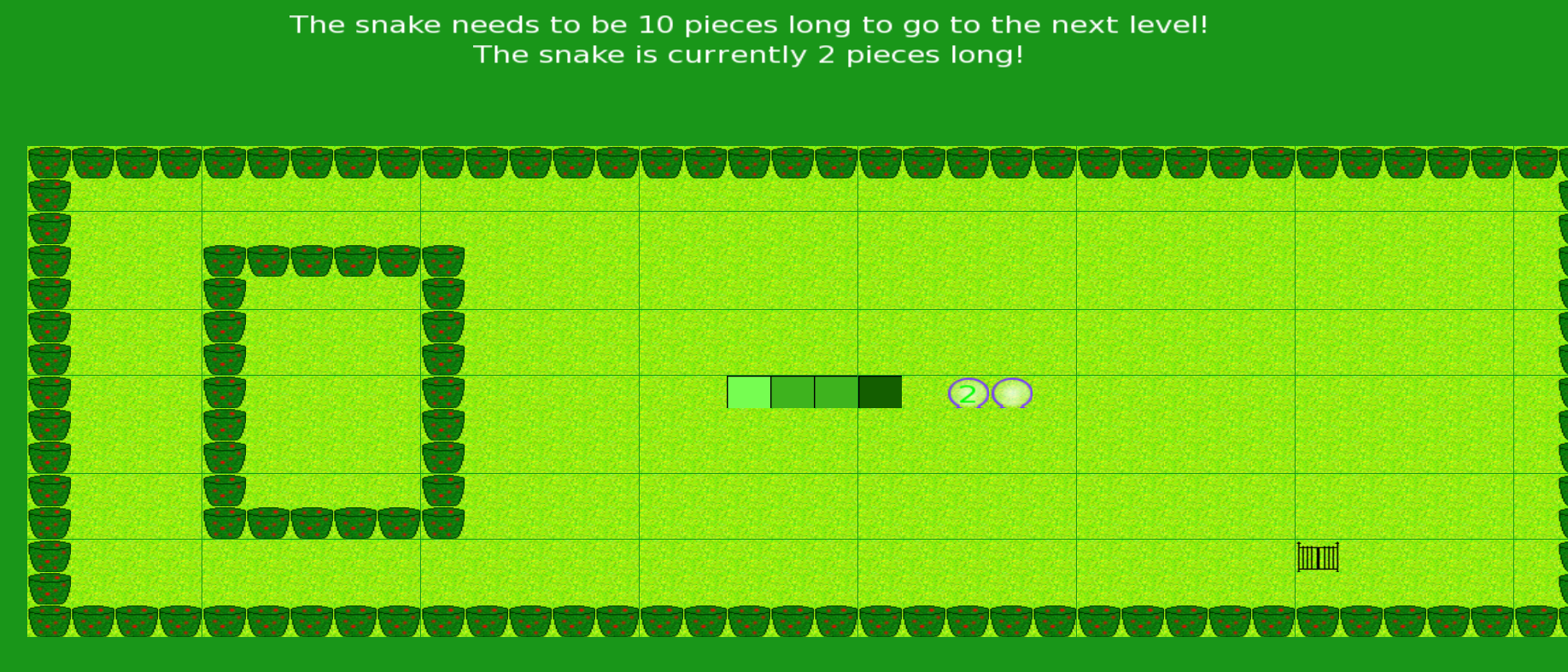The HFOSS program recently got a minor approved, which is the first minor for FOSS in the nation. HFOSS really has an important message and it isn't something that a lot of people really know heading into the job market. Before I took this class, I only vaguely knew what Open Source development was, and I think that is the same for many people. The FOSS minor will help to educate people about this subject and will hopefully encourage many to join in on Open Source development.
Python Math, the game that I helped develop has been a good example of working under limited environments and my team was fairly smooth running. We had some issues, but we managed to get everything we really wanted done, with exception to getting outside sources interested in development. It was a fun experience and one I will be more than happy to help with in the future should someone else pick up the project.
Overall, I am really proud to have been a part of this class and have learned a fair amount. I will enjoy taking another class with DeCause in the fall. I look forward to the future.
Pharas, signing off~
A link to my Github: https://github.com/Pharas
A link to Python Math's repository: https://github.com/danShumway/python_math
Some screenshots from Python Math

